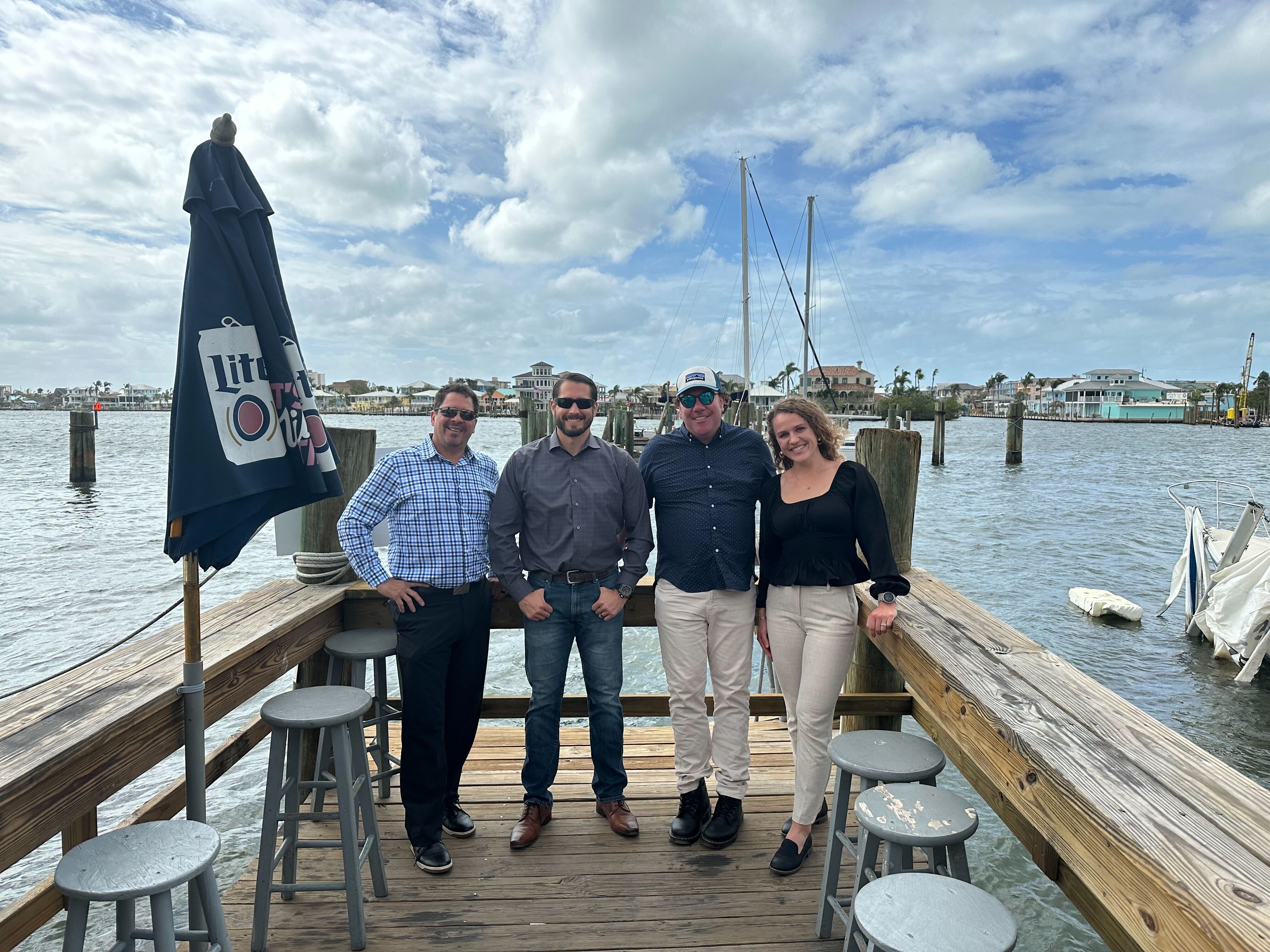RPA is Still Cutting Edge... to Most
It’s been a bit since the halcyon days of 2017/2018 when RPA landed on the radar of analysts like Gartner, large Global Service Integrators (GSIs), and the rest of us that developed business models to serve the incoming demand for this technology. I credit UiPath for providing the marketing and vision to move RPA into the “mainstream”. Many will say those days are over and we have moved onto new technologies like ChatGPT and generative AI. What I will say is that RPA is yesterday’s news for those that are on the cutting edge. Frankly, those people are only interested in bleeding edge technology and are not interested in how well it gets implemented or supported. 10 years ago it was the “cloud”. 20 years ago it was “web services”. 30 years ago it was the “internet and web sites”. Each is a vital part of our ecosystem, but they didn’t come about quickly.
RPA is the same way. As I have said in the past, it’s been around for close to 40 years in some capacity. Technology and the platforms have come a long way. But the fact remains that the baseline technology has not been adopted at the scale that many had anticipated. My thought is while COVID may have moved the needle for some to adopt it, many were constrained by budgetary issues and eventually leadership turnover to really get it used. It delayed the adoption and didn’t move it along any faster, as had been the common narrative. At this point, most decision makers (i.e., CIO, CTO, COO, CEO, CFO) are aware RPA to some degree but many haven’t pulled the trigger to really get it implemented.

.png)

-Jan-24-2023-12-37-45-4647-AM.png)
%20(1).png)
%20(2).png)